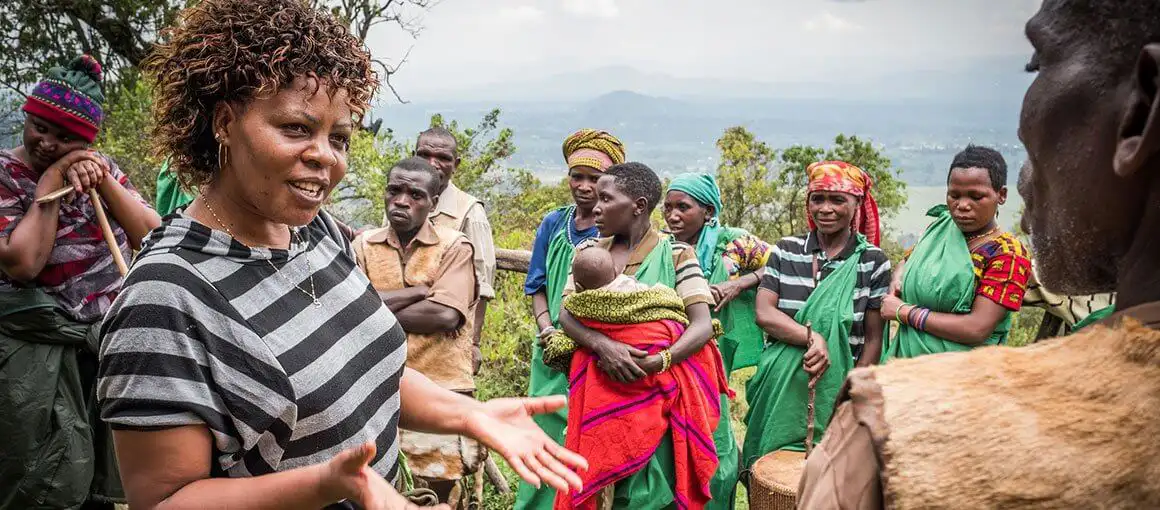USAID envisions a future in which biodiversity is conserved so people and nature can thrive. The USAID Biodiversity Policy provides a blueprint for how the Agency will work to conserve biodiversity in priority places and catalyze nature-positive, equitable development.
The Agency’s biodiversity programming conserves critical terrestrial, freshwater, and marine ecosystems, and addresses the illegal and over harvest and collection of biodiversity. USAID is working at all levels of government, with local communities and Indigenous Peoples, and with the private sector, to increase the resilience of all those who depend on biodiversity and healthy ecosystems.



